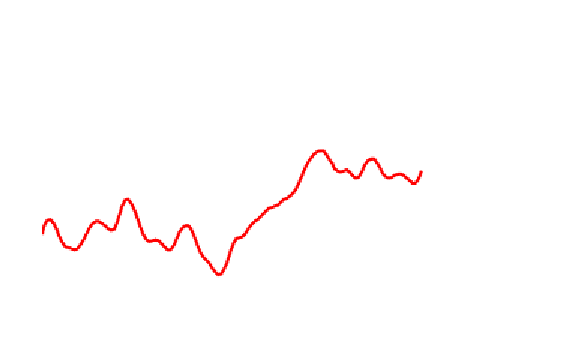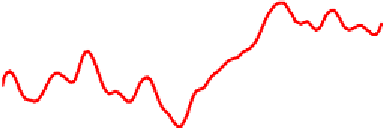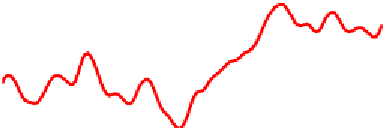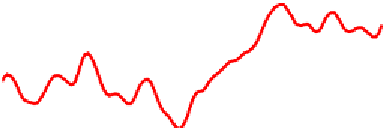Geoscience Reference
In-Depth Information
combines all of the 32 output errors: our 16 data combinations, firstly
processed by free identifications, and then by identifications constrained by
IPCC assumptions.
0.8
HadCRUT4
32 output errors
0.6
0.4
0.2
0
-0.2
-0.4
1860
1880
1900
1920
1940
1960
1980
2000
2020
Figure 11.3.
Contribution of internal variability to global temperature
The differences between the observed temperature (
HadCRUT
4) and
output errors are constituted of the sum of the contributions determined by
the identified inputs. The distribution of these contributions is very variable,
depending on identification methods and combinations of paleoclimatic data.
In any case, the residual output errors, images of natural climate variability,
overlap each other remarkably well, especially over the last quarter of a
century (1975-2000), which witnessed the majority of the “climate change”.
Therefore, it seems clear that the internal climate variability made a
powerful contribution to warming, regardless of the other causes and their
contributions: solar, volcanic or human activity.
Any attempt at a short-term prediction (over a ten-year period), which
does not include an attempt to predict the internal variability is therefore
clearly bound to fail.
11.3. State estimate and prediction
Any acceptable climate model (GCM or EBM) necessarily implies, in
one way or another, the phenomena of accumulation and restitution of ocean











































































































































































































































Search WWH ::

Custom Search